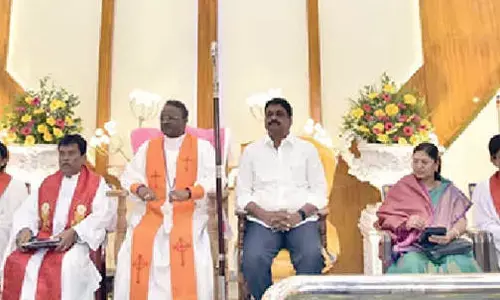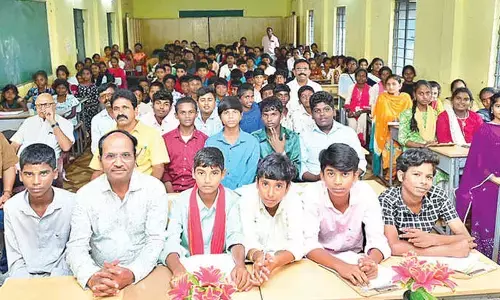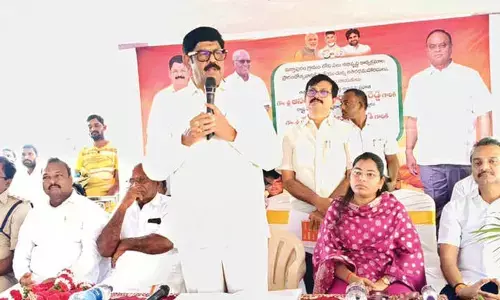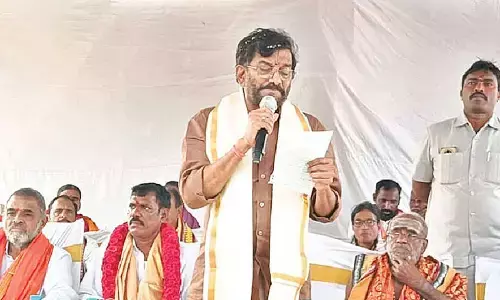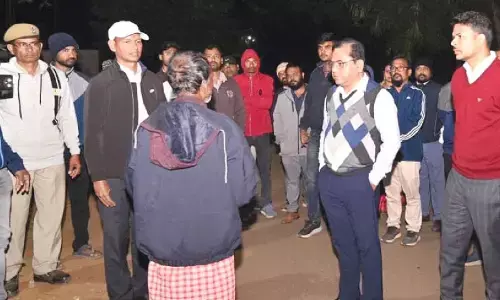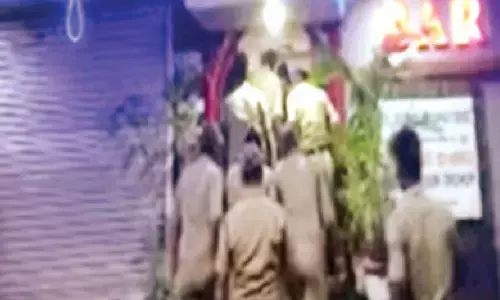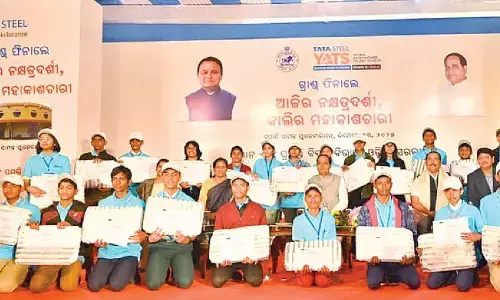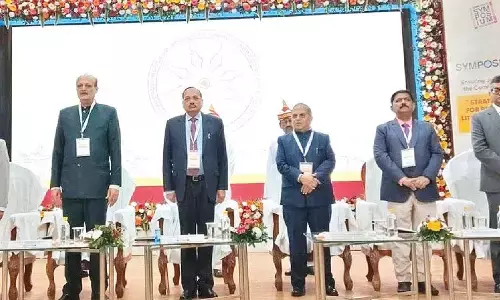A lot happens between restraint and spontaneity: Artist Jagannath Panda
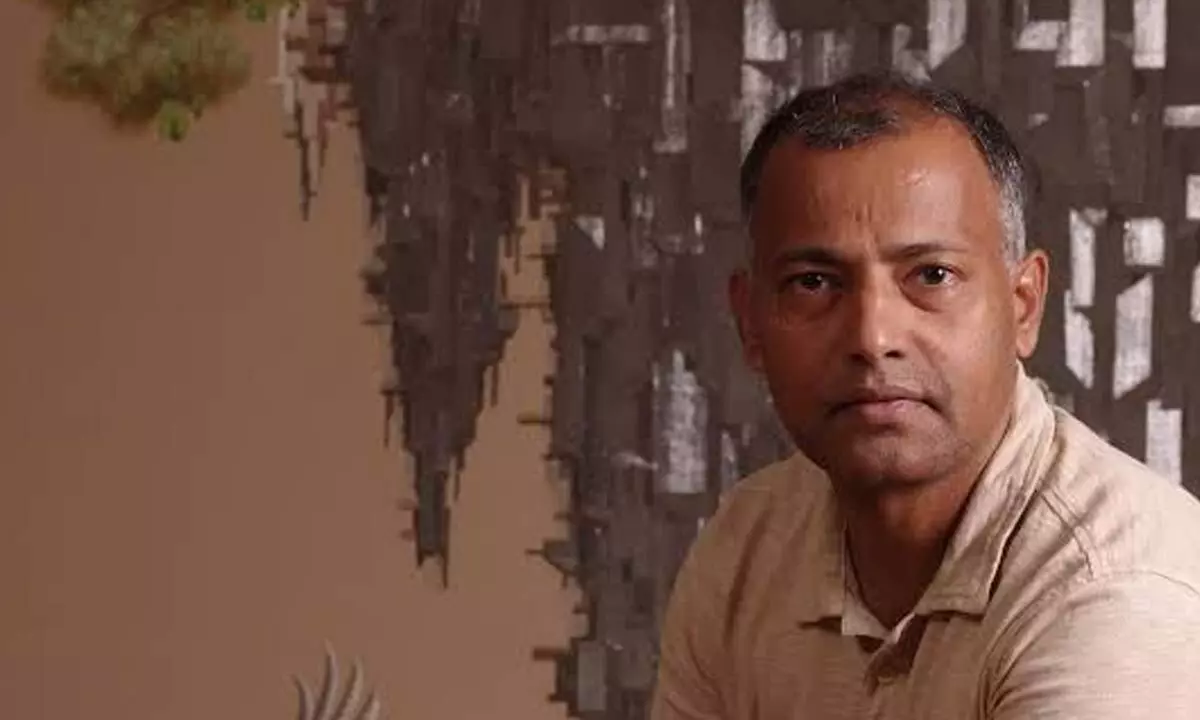
For artist Jagannath Panda, spontaneity has always been of paramount importance in his work. Believing it to be a means to discover one’s unknown spaces, he adds, “It is between restrain and spontaneity that a lot of magic can happen”
For artist Jagannath Panda, spontaneity has always been of paramount importance in his work. Believing it to be a means to discover one’s unknown spaces, he adds, “It is between restrain and spontaneity that a lot of magic can happen.”
For artist Jagannath Panda, spontaneity has always been of paramount importance in his work. Believing it to be a means to discover one's unknown spaces, he adds, "It is between restrain and spontaneity that a lot of magic can happen."
An important contemporary artist whose work is in several major collections such as the GVK Mumbai International Airport; Mori Art Museum, Fukuoka, Japan; Lalit Kala Akademi, New Delhi; the National Gallery of Modern Art, New Delhi; and the International Centre for Genetic Engineering and Biotechnology in the Capital, Panda, who completed his MFA in sculpture from the Royal College of Arts London (2002) and has been a visiting researcher at Fukuoka University of Education, Fukuoka, Japan, has delved with multiple themes in his works.
From issues pertaining to dislocation, and inequality on multiple levels to desire, the artist stresses that he does not wish to walk the journalistic line of observing from a distance, but rather live through experiences. "And that can happen when you become a witness to the transition and imbibe it completely."
An important theme in his work remains migration -- something Panda witnessed firsthand when he moved to Gurugram, at a time when the city was still being built. Watching buildings take shape, the continuous intake of migrants and the labourers working on tall skyscrapers precipitated a lot of questions in his mind.
"The world was suddenly much more than I had imagined. The sharp contrast between the past and the present, and the rapid transitions that I saw were mind-boggling.
The work on migration has constantly been about engaging people along with my journey as a migrant. And I have created artwork based on that. Sometimes it looks surreal. I always enjoy looking at things and the ideas that appear and where they belong to. And what we can negotiate with each other in terms of human growth."
Someone who has always been a strong advocate for public art, the artist stresses "it has always been an integral part of our culture, though sadly art and our cultural activities have been compartmentalised".
"You will witness tribes boasting of the 'process' of making the painting, dance, music, and rituals. Everything comes together to make one event. It should not be looked at as something different and separate from the public. Every time I engage with the public with my foundation, I enjoy working with the artists and people. And different people express differently."
Adding that it is important that art reaches not just the common people, but also the ruling class, and administrators so that the latter understand its importance and how it contributes to society, Panda says, "And it should be documented and talked about. Our traditions should be accessible. We must feel comfortable with them."
Panda, who was recently invited by the Chandigarh Lalit Kala Akademi (CLKA), feels that for the past many years, successive governments have done very little to strengthen the cultural infrastructure.
The artist, who runs a private foundation - 'Utsav', feels it is important that private players step in to bridge the gap. "There are still very few of them but are doing a commendable job of promoting our culture. Their approach and methodology are contemporary and they understand diverse tools."
Panda admits that the time spent in Japan has been a turning point in his artistic career. "I collaborated with several other artists there. The way they look at art and other disciplines has had a reflection on my work too. My practice has also evolved," he concludes.








